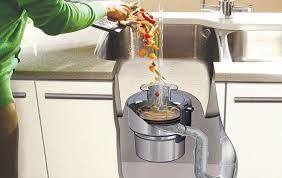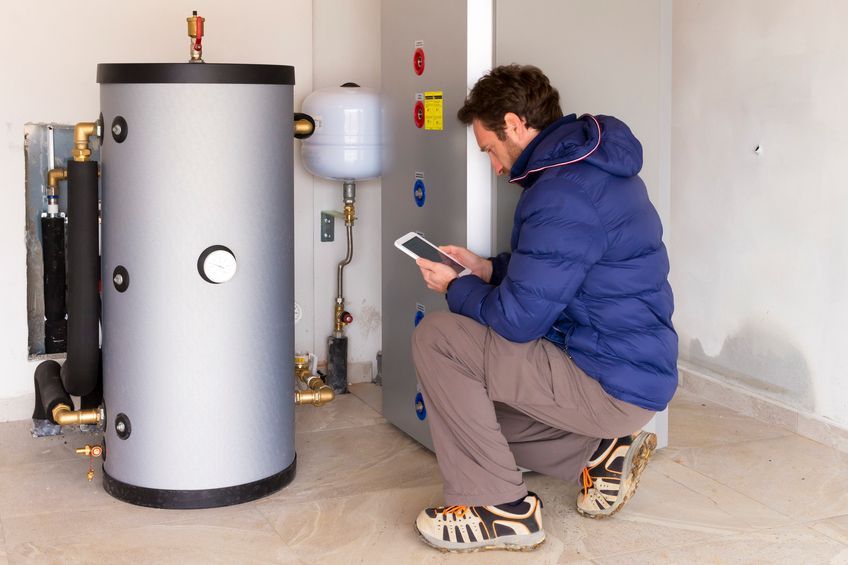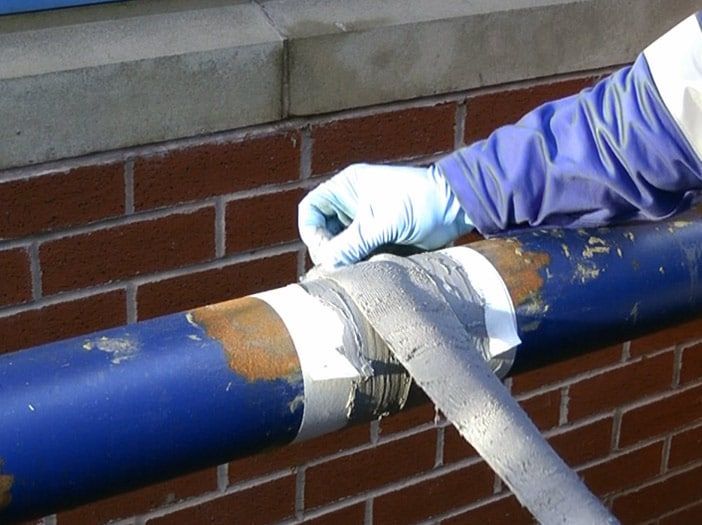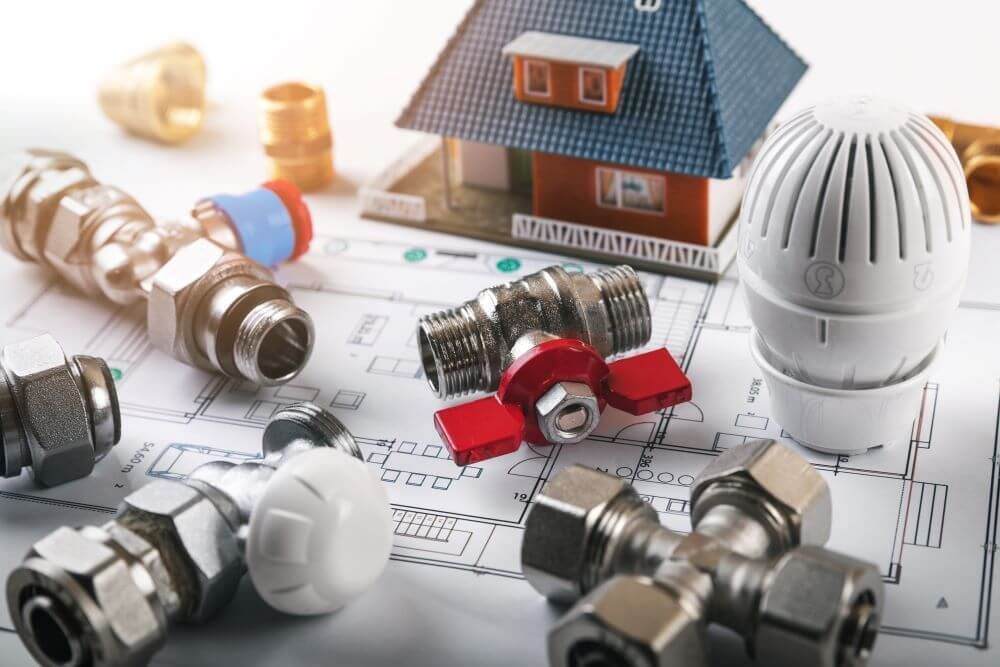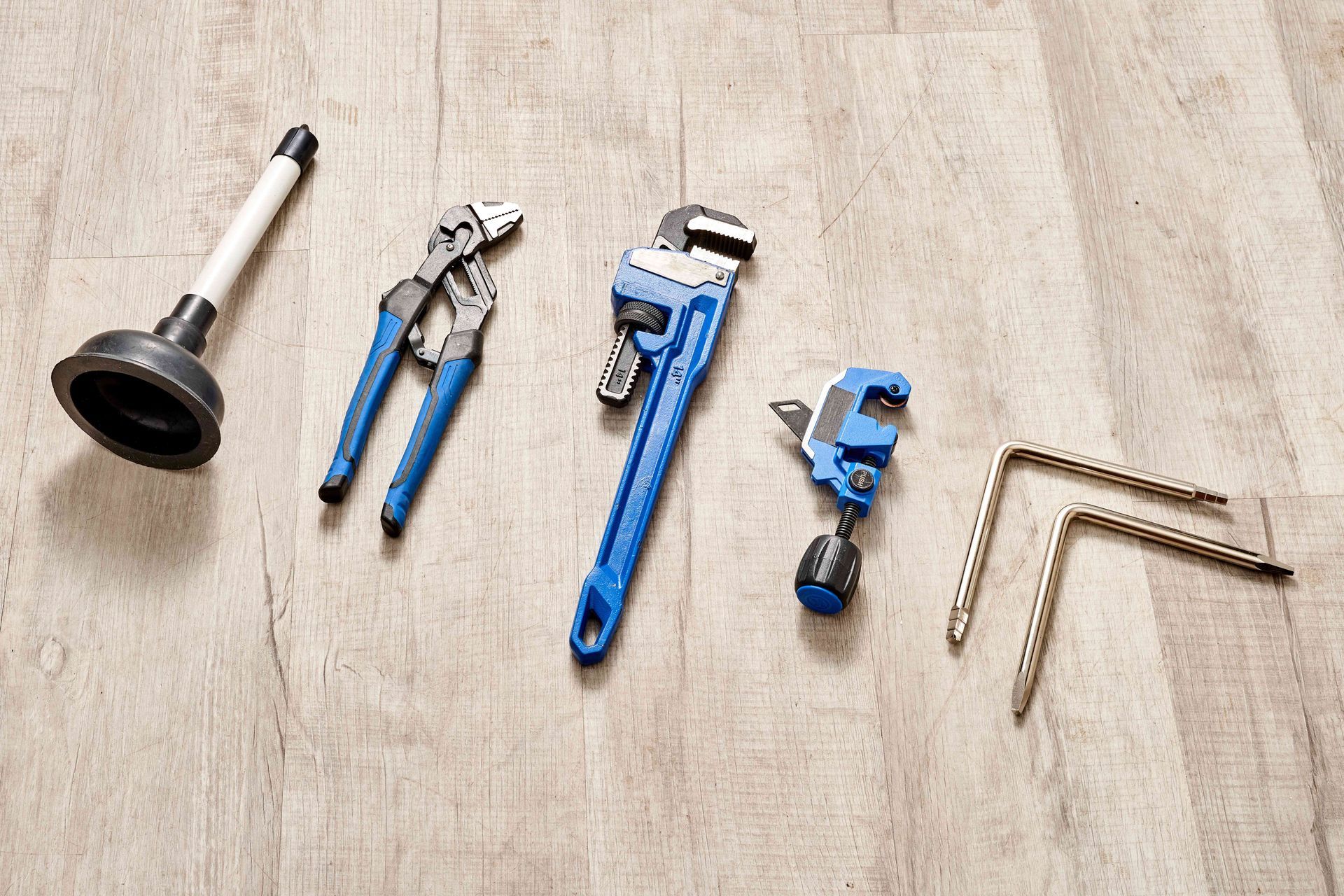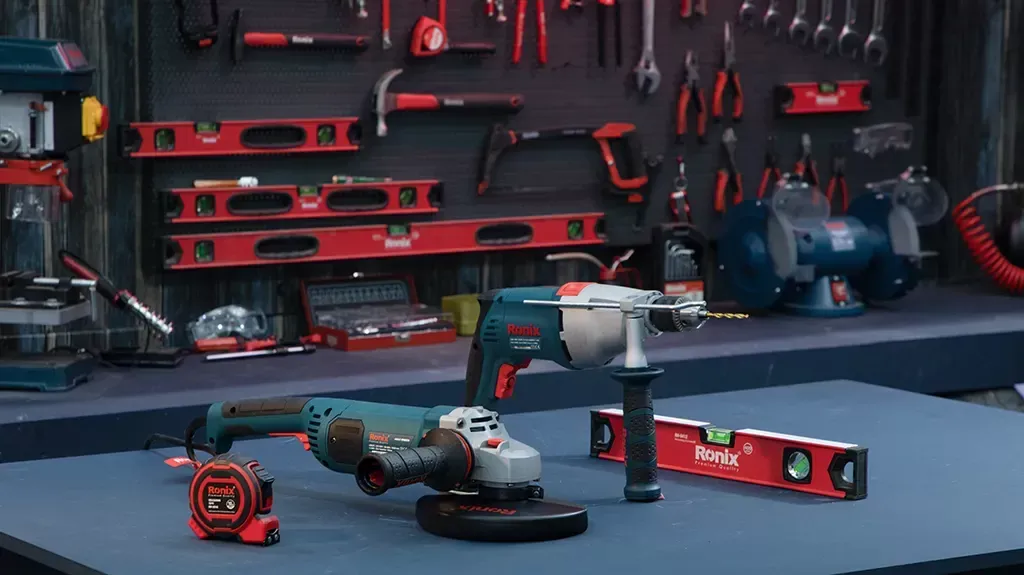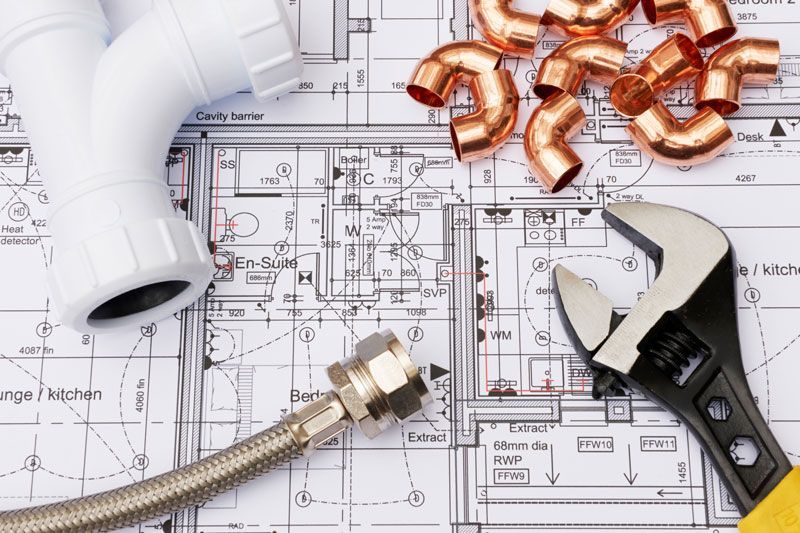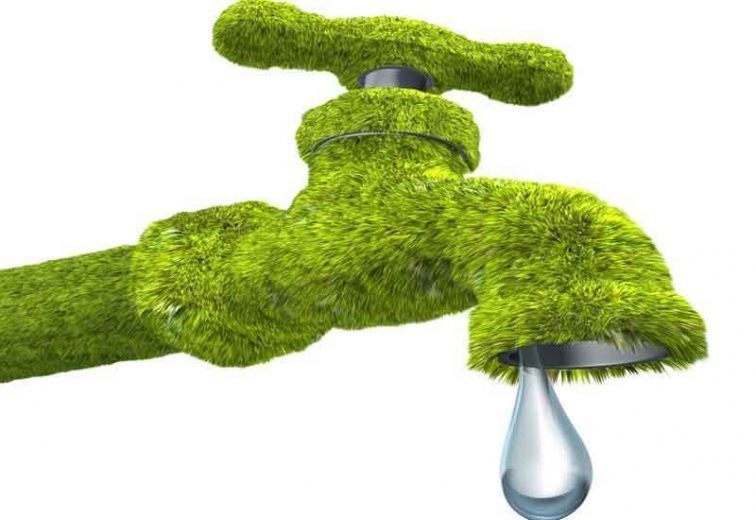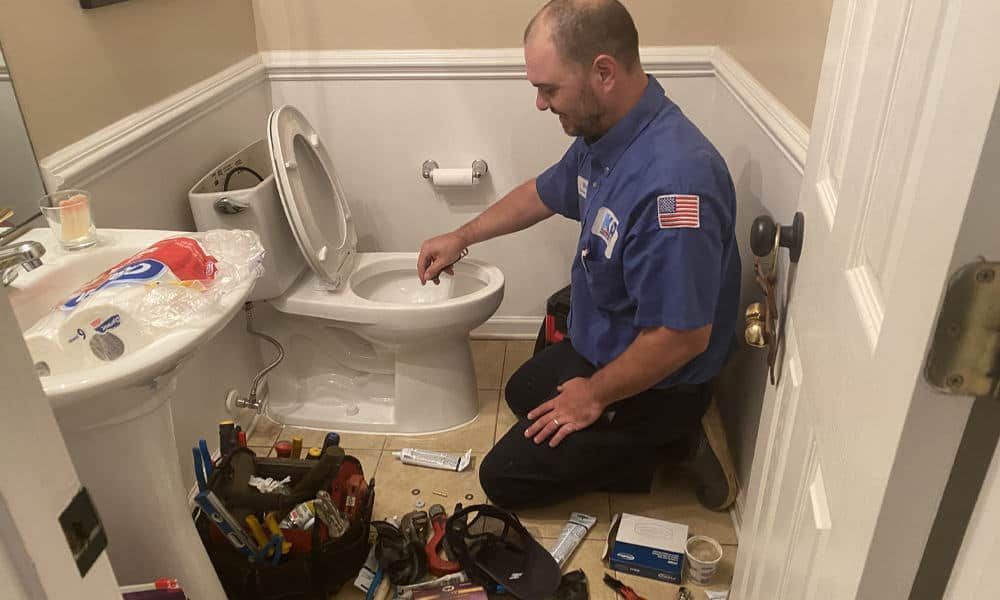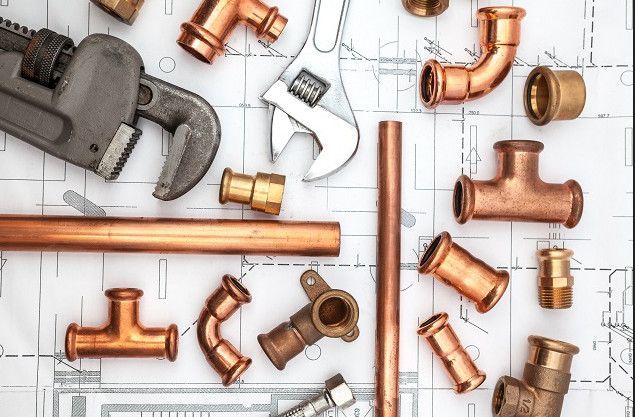The Five Main Types Of Pipes
The Five Main Types Of Pipes
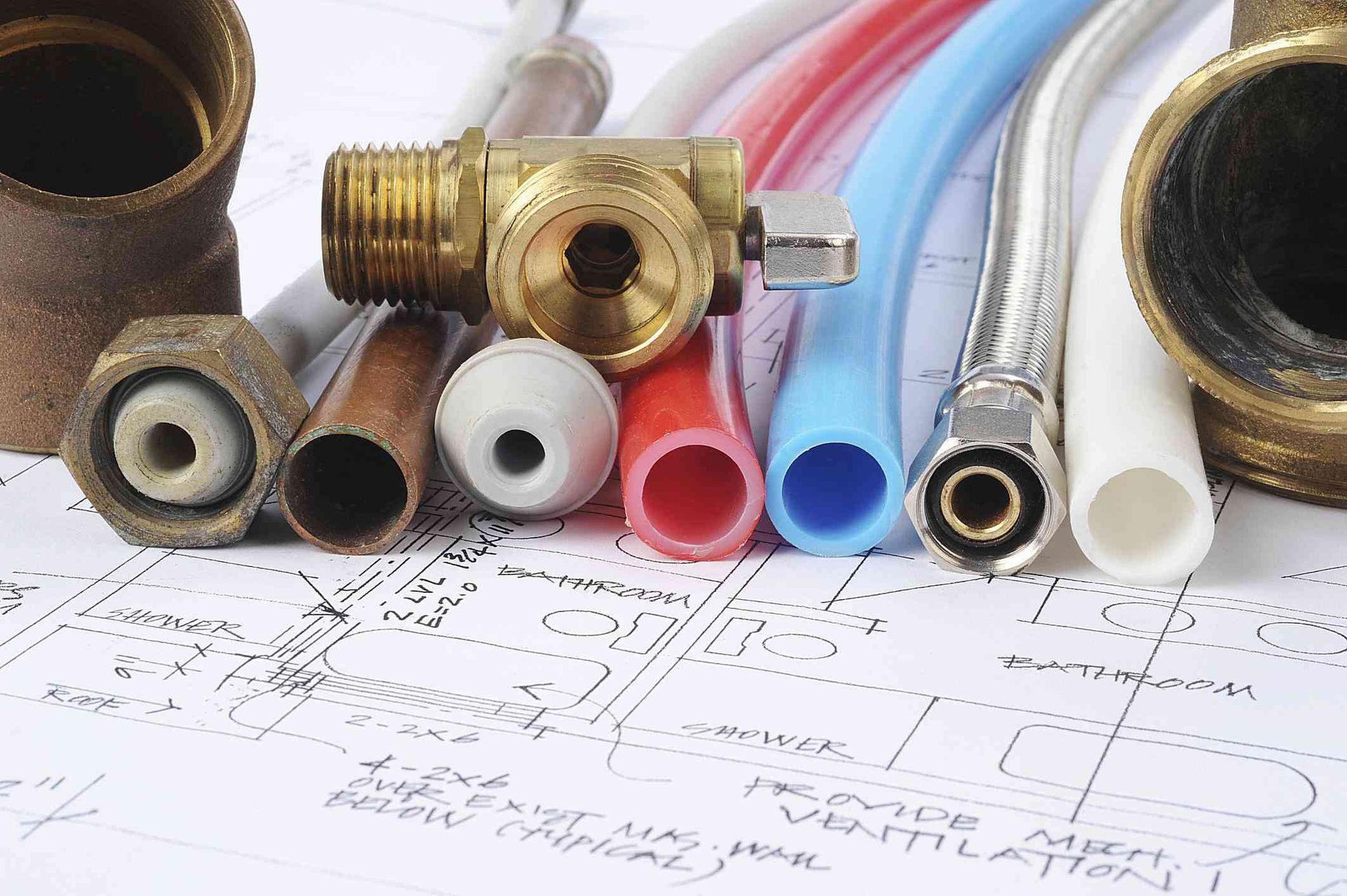
Piping is a very serious job. One could even say it’s a real challenge. Changing pipes in your house requires knowledge, skills, and tools. But there’s even more! What you need to decide before purchasing new pipes is what kind of material new piping will be.
In this article, we will look at the five main types of pipes that plumbers use. We will look at their pros and cons and cover related topics along the way.
Why is Pipe Material Even Important?
So, why is it so important to know the differences between various material types used in pipes? Well, there are several reasons for that.
First of all, it’s about how long the pipe system will serve you. Technology isn’t stalling, so some materials were not available in the recent past. New materials are lighter, more flexible, and have a longer lifetime. The latter factor is especially important because you want your pipe system to serve as long as possible without changing it.
Plus, some modern pipe materials are frost-protected, which means they can expand or shrink due to temperature changes. It’s something that old-days pipes could not do, sometimes cracking open when a temperature change got too extreme.
Then, different pipe materials have different purposes. So even pipes made of modern and flexible material seem perfect; still, they might not be the perfect choice for various tasks. Below, we will cover what different types of pipe material are good and bad for.
Finally, different pipe materials vary in terms of eco-friendliness. So if you’re concerned about making your house as eco-friendly as possible, you might also want to know more about pipe materials.
Should you consider changing pipes in your house in the first place?
That is an important question. To answer it, you will need to know how old your house is.
Let’s say your house was built in the first half of the 20th century, making for quite an old house; this means that piping in your residence is constructed of lead pipes. Lead pipes last very long. But at the same time, lead is a toxic material. Over time, particles of lead begin to get into the water that runs through pipes. And if this happens, you risk getting sick – drinking water rich in the lead is very dangerous.
If you live in a house built between the 1970s and 2000s, the chances are you are using PB pipes (PB stands for polybutylene). And here’s the bad news: such pipes are prone to leaking and bursting.
Our advice: if your piping system is comprised of PB pipes, you should better contact your local plumber and order a full piping replacement. Consider replacing those pipes with pipes made of PVC or PEX. These are both great materials. They won’t poison you, they won’t leak or burst, and they will serve you for nearly a century – you got it right, for nearly a hundred years.
Also, consider changing pipes if you notice the following signs:
- the color of water has changed;
- you notice bubbles when water goes down the drain.
These are the two main issues that signal that your piping system at least requires inspection, but more often, this means that you should replace it ASAP.
What Pipe Materials Do People Use?
Today, there are two main pipe materials that people use for piping: metal and plastic.
Metal pipes
- Copper
- Cast iron
- Galvanaized steel/iron
- Lead
Plastic pipes
- ABS
- PVC
- PEX
Today, the most popular pipe materials include ABS pipes, PVC and PEX pipes, copper pipes, cast iron pipes, and galvanized steel pipes. We are excluding lead pipes for a reason stated earlier in this article – lead pipes tend to emit lead particles into water, poisoning it. So lead is the least preferable material to choose.
Below, we will take a closer look at each pipe type, highlighting its strong and weak sides.
The Five Main Pipe Types
We will start with pipes made of steel since they preceded plastic pipes.
1. Copper pipes
Traditionally, you can see copper pipes as the basis of a water supply system. Many residents have copper piping. You will need a hacksaw to cut them to size when installing copper pipes, which is pretty easily done. Or you may use a special tube cutter for copper pipes. What makes copper a great material for piping is that it will not poison water – copper is 100% health-safe.
As far as the pros and cons of copper piping go, they include:
Pros:
- Copper pipes don’t get affected by heat;
- Copper pipes don’t fear extreme pressures;
- Copper is easily recycled;
- You can trade old copper pipes for some cash because this material has money value.
Cons:
- Installing copper pipes will require skills and tools – it hardly fits a DIY approach;
- Copper is a costly material.
2. Galvanized steel pipes
In older days, you could see galvanized piping used for various purposes, including water and gas supply, drainage, etc. People use these pipes today, but the truth is that their time is almost through. Mainly, some may choose such pipes for gas supply. But if you look at the modern houses’ water supply systems, you won’t likely see galvanized steel pipes there.
Pros:
- The common opinion is that galvanized steel pipes don’t have any pros today. But to be objective, we must say that there are still applications and devices that require using such pipes. Mostly, the field of their use is related to natural gas.
Cons:
- Galvanized steel pipes are prone to corrosion, which then lead to blocking water flow;
- Some pipes made of galvanized steel may introduce lead into the water.
3. ABS pipes
ABS is the acronym that stands for Acrylonitrile Butadiene Styrene, and this is the first plastic material on our list.
Such pipes are mostly used for drainage and ventilation. ABS pipes resemble pipes made of PVC – more about them later – but with a couple of differences: ABS is black and softer. Before purchasing ABS pipes, we recommend you make sure that you can use this type of piping in your local area.
ABS is good because:
- ABS pipes are great for underground installation;
- This material does not fear low temperatures;
- ABS is stronger than PVC (its closes rival).
ABS is bad because:
- The material may not suit your local building code;
- It may deform due to temperature exposure.
4. PVC pipes
Polyvinyl Chloride (or PVC for short) is an extremely popular pipe material. People use PVC pipes for various piping purposes: for pools and spas, for irrigation systems, for drainage, and many more.
PVC pipes vary in thickness. The thickness value is described as schedules: for instance, there are PVC pipes with schedules of 40 and 80. The higher the schedule value, the thicker the pipe. Thus, a schedule 80 PVC pipe is thick and strong. Such a pipe is good if you know that there will be a lot of pressure that the pipe will need to resist.
One of the downsides of PVC pipes is that they are not commonly used for hot water. The thing is, high temperatures may deform such pipes and even damage them, which will result in leakage or even bursting. Exposed to direct sunlight, PVC pipes may also get damaged.
Before purchasing PVC pipes, your best option is to check if you can use them in your local area.
But there is also one big advantage of PVC pipes – they do not rust, nor will they corrode. Finally, PVC is quite affordable. PVC pipes are easy to install, repair, and replace.
Pros:
- Affordable price;
- Not prone to corrosion or rust;
- Easy to install/repair/replace.
Cons:
- If not connected properly, pipes will leak;
- Deforms in direct sunlight.
5. PEX pipes
Another name for PEX pipes is cross-linked polyethylene pipes. What kind of material is that? PEX is relatively new to the market, but it has already gained much attention and popularity among regular customers and professional plumbers. This is a strong and durable material. But at the same time, it is flexible enough, which makes it extremely useful when you need to weave pipes around your house. One of the best features of PEX pipes is that they are easy to handle and fit a DIY approach. The only purpose for PEX pipe is water supply systems.
PEX is great because:
- You can use PEX pipes for both cold and hot water;
- PEX is extremely flexible and easy to handle;
- It is affordable;
- You can use PEX pipe combined with copper pipes;
- PEX is easily cut.
PEX is not good because:
- It may be leaking if you use push-fit fittings;
- Not eco-friendly (so you cannot recycle it);
- The material is relatively new, so the long-term use results are yet to be seen.
Are There Any Other Pipe Types?
So those were the main five types of pipe that you may see today. However, there are more types. Some of them are rarely used because their days are almost through, and some are very popular. We’ll start with something rather outdated.
1. Cast iron pipes
Today, you will hardly see cast-iron pipes. But there were times in the first half of the 20th century when this type of pipe was, used excessively for drain lines. One of the main advantages of cast iron pipes is their durability – such pipes are extremely long-lasting. Also, cast iron pipes don’t fear heat and absorb sound well.
But at the same time, cast iron pipes are prone to rust. So if you have an old house with cast iron piping, and you noticed that some part of it has rusted, your best option is to replace them. Again, it is not necessary to replace the entire piping system. For starters, you may only replace the rusted parts of the piping. As for the materials, you can use PVC or ABS pipes – look for more information on these pipes in the sections below.
Cast iron is great because:
- this material is heat-resistant;
- cast iron absorbs sound;
- cast iron pipes are extremely durable.
Cast iron is bad because:
- it rusts.
2. Black Iron Pipes
Another type of pipe that people still use today is black iron pipes. There were times when people used these pipes for all types of water supply systems. However, these days, black iron pipes are used mostly for gas appliances. Another field of use is fire sprinkler systems: that is because black iron pipes are highly heat-resistant.
Pros:
- Durable;
- Heat-resistant.
Cons:
- Prone to corrosion.
3. Flexi pipes
Flexi, or flexible type connection pipes, are the pipes you will see used for various appliances. Toilets, water heaters, kitchen sinks, baths – they all use flexis. The reason is those pipes are… flexible. You may also frequently see such pipes on gas equipment, as well. However, you should note that there are areas the permit using flexis. Also, you cannot use Flexi connection pipes inside walls or floors.
Flexis are good because:
- They are extremely flexible and fit tight and limited spaces;
- Such pipes are highly heat-resistant.
Flexis are bad because:
- They are costly;
- They are prone to tearing and breaking.
A Few More Words About Lead
We already stated above that lead is highly unrecommended as a pipe material. And that is the reason why we did not include lead pipes in our main pipe types list. We also chose not to include lead pipes in the list of outdated or alternative pipe types. We wanted to make it clear that you will not consider using lead pipes for your home. However, we feel that we should return to this topic before we conclude.
Lead was frequently used as a pipe material in the first half of the 20th century. But that was due to the lack of knowledge about how poisonous lead is and because scientific and technological progress had not reached today’s heights.
So if you are living in a house built in the first half of the 20th century, or you’re thinking of buying a house with lead piping, heed our advice: replace lead pipes as soon as possible.




